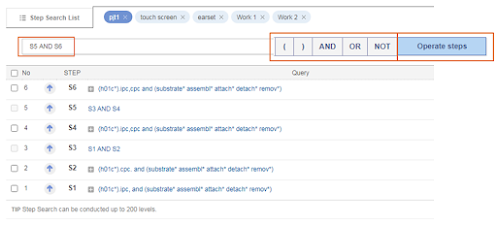It
is an era in which technological resources become the basis of a company's
competitive advantage and a driving force for success. Apple, Google, and Tesla
are those companies that first comes to the mind. This is why the use of
intellectual property rights (IPR) secured from technological inventions is
important. Then, how should we manage technology assets that affect the
company's performance?
1.
The functions of patents
Patents
grant the right to prevent third parties from practicing the patented invention
without the consent of the owner. That is, the patentee can freely carry out
the invention within the scope of the patent's rights for a certain period of
time, and can monopolize the profits generated therefrom.
2.
Alternative means of patents
There
are ways to manage technology assets as a substitute for patents: secrecy and publishing.
Secrecy, literally, are not disclosed and have independent economic value, and
are technical or managerial information useful for production methods, sales
methods, and other business activities that are managed confidentially within a
company. Unlike patents, exclusive rights are guaranteed as long as
confidentiality is maintained.
On
the other hand, publishing is the disclosure of technology so that others
cannot secure intellectual property rights for the same or similar inventions,
artistic and cultural creations. Since it can be spread as widely as anyone can
freely implement it, not only can the overall technology level be improved, but
the technology can be made an industry standard to preoccupy the market. It is
important to carefully judge which strategy is desirable to take.
 |
| pixabay.com |
3.
Choice of technology asset management method
It
is necessary to examine and judge which of these three methods to select from
the perspective of profit monopoly and free operation, as well as the given
environment of the company.
# Profit
monopoly
How
exclusively the revenue generated by technological innovation can be secured
has to do with legal means and technical characteristics. In general, the more
difficult it is to imitate, the larger the size of the revenue. However, even
if the technology is in the maturity stage or difficult to imitate in a
complementary industry, it is not necessarily profitable. This is because the
degree of monopoly differs by industry. So which method is more effective?
In
general, patents and secrecy are more effective than publishing. This is
because revenue can be monopolized not only through the technology itself, but
also through the sale of products, services and licenses based on the
technology. However, as technology complexity increases, patents are more
advantageous than secrecy. This is because it can defend competitors' R&D
and gain the bargaining position, and it helps to secure new customers and
attract investment. As technologies are getting more complex, the advantages of
these patents are getting more attention.
# Freedom
to operate
Because
patents contribute to prior art, they give them the right to operate them
freely. Publishing cannot be patented as it has been disclosed to the public,
but likewise a patent, it achieves the freedom to operate. However, secrecy can
no longer be freely enforced if others first secure a patent. Therefore,
patents and publishing are more effective than secrecy as a way to guarantee
free licenses.
Of
course, in reality, the complexity of the background technology must also be
considered. Operation may be restricted if others have the relevant
intellectual property rights. So, leading companies respond with a patent
portfolio strategy. This is because a defensive negotiating position can be
secured to enable various license agreements. In particular, it is effective to
hold a patent in a complex technology field where other intellectual property
holders rely on the patents of leading companies. This is one reason why Google
acquired large patent portfolio from Motorola. Publication strategy alone cannot provide useful intellectual property
rights for bargaining. In other words, as technology complexity increases,
patents are more advantageous in protecting free licenses than publishing.
How
about the industry with high technological cumulativeness? Similarly, patents are effective.
As the technological cumulativeness increases, the future technology is based
on the prior art, so prior patents may hinder the commercialization of the
future technology. At this time, companies with strong patent portfolios can
use Cross Licensing and Grant Back to avoid issues related to improved
technology. Patents are superior to strategic publication to achieve freedom to
operate technologies both now and in the future.
 |
| pixabay.com |
Sometimes
publishing is better than patenting. This is because it can improve the overall
skill level of the industry or generate revenue from complementary
descriptions, products and services. There is also a way to protect profits by
keeping it as a secrecy. However, patents are a means to widely commercialize
not only producing and marketing, but also the sale of patent rights and
various types of licenses. Despite of management costs and related technology
inventions of competitors, it is highly likely to be an excellent strategy in
terms of profit monopoly and freedom to operate.
*Source : Summary
and excerpted from
“The patent management trichotomy: Patenting, publishing, and
secrecy",
by Marcus Holgersson and Martin W. Wallin (2017)




























